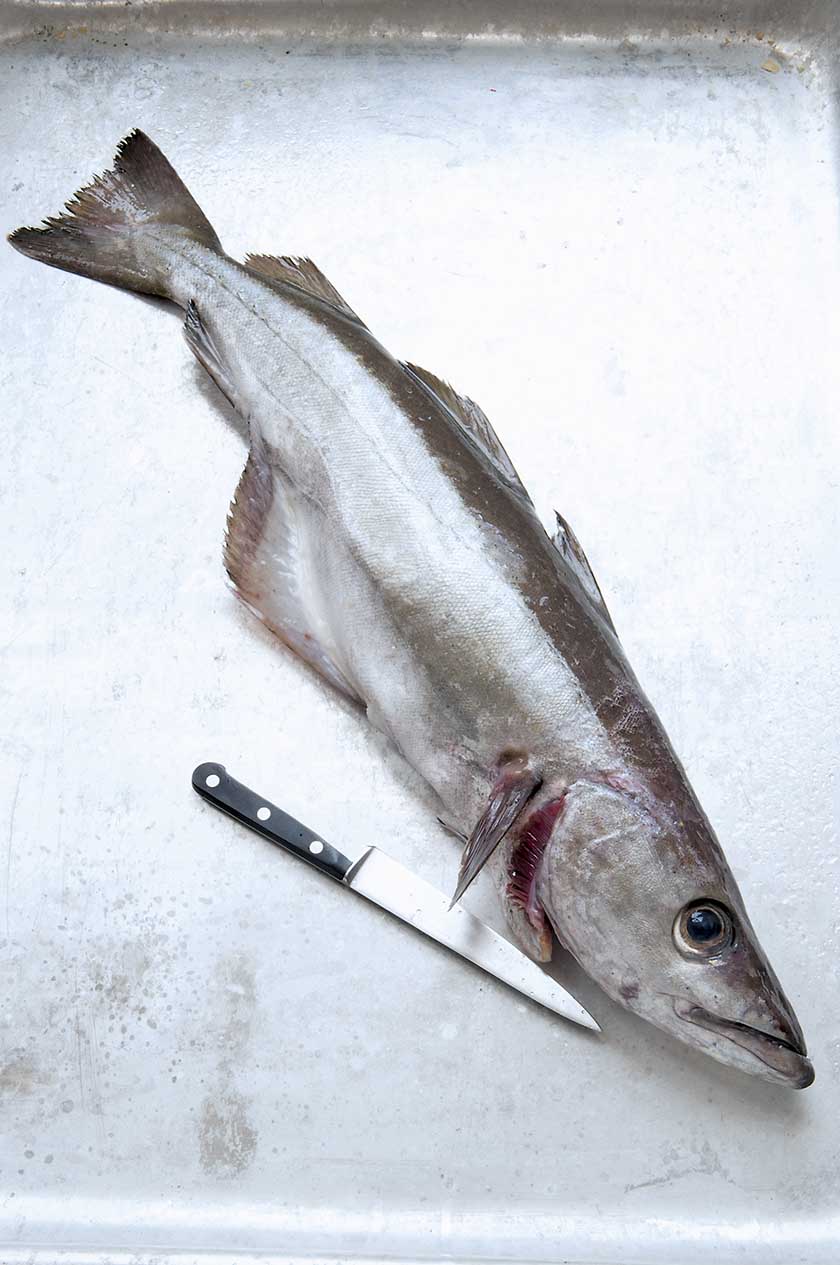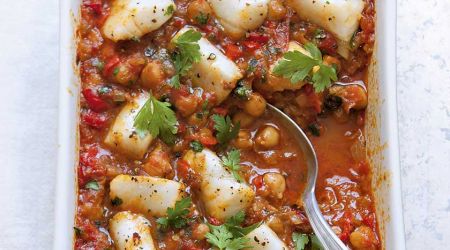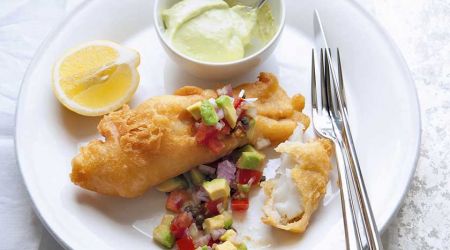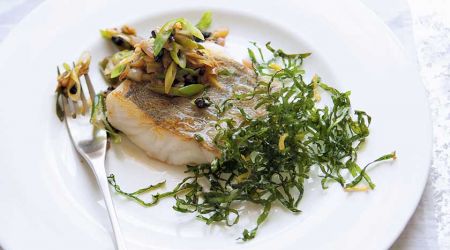Pollock
This prolific family of fish has become a global staple. You might not recognise it, but you sure will have tasted it, says Clarissa Hyman
Allow us to introduce you to the 'billion-dollar' fish. He's pleased to meet you, but the likelihood is that you will have met before. Relatively unheard of a generation ago, pollock is now in your sushi, in your supermarkets and on your plate. Its ubiquity in America and Canada has made it the most lucrative catch in the world, with an annual value of over a billion dollars in the States alone. The humble pollock is making waves and is a fish you’ll be seeing more of in the years to come.
The Alaska pollock, or Theragra chalcogramma, also goes by the moniker of Pacific pollock, Pacific tomcod, bigeye cod or walleye pollock, and is a distant relative of the Atlantic pollock. It’s the largest fish-for-food resource on Earth – a catch of over 1.3million tonnes – and is now used in everyday favourites such as fish fingers and is on menus worldwide.
They can weigh as little as 450g and can also grow into 20kg monsters. Maturing at around the age of three, the fish live for 15 years on average and their preferred habitat is in the wild around rocks in waters up to 300m deep.
For many, Alaska pollock is the best- tasting and most versatile species of pollock for the dinner table. They’re perfectly sustainable, though trawling with industrial-size fishing ships has resulted in by-catch problems so to be on the safe side, look out for Alaska pollock from the fisheries that display the industry assured MSC Blue Tick logo.
An often-underrated white fish, pollock is as versatile as cod. It’s better value, more sustainable and just as tasty. In Scotland it is common to fry young pollock coated with oatmeal or even to poach them in seawater. When a bit older, the thick fillets, with their firm and tightly knitted flakes, pair well with robust flavours such as chorizo, cherry tomatoes, curry spices and fresh herbs, and can also make a substantial filling for fish pies and fishcakes. At Kitty Fisher’s restaurant in Mayfair, head chef George Barson dishes up pollock with leeks, anchovy butter and mussels, while superb fish cook Pascal Proyart serves his with a globetrotting combination of celeriac, kohlrabi, dashi (Chinese stock), lemon and Pommery mustard at his Knightsbridge restaurant, One-O-One. As you’ll see with these accompanying recipes, it can be fried, baked, battered and stewed and maintains its brilliant white hue whatever cooking process you choose to apply.
As well as being one of the most sustainable fish in the ocean, it’s also one of the most nutritious. Like an elite athlete, it swims thousands of miles in the wild, creating a lean fish with minimal layers of fat running between the flakes. It has a high protein count, providing about 41g per 200g fillet, which is comparable to a chicken breast. When steamed or grilled, it contains as few as 180 calories, suiting it to people who are looking to lose weight, as well as those trying to build muscle or improve general fitness as part of a gym routine. Alaskan pollock is frozen within six hours of catch, which helps maintain this nutritional integrity.
Its omega-3 content is also good, which you will probably know goes some way to maintaining healthy brain function, eyesight and blood pressure, while being important for children’s development and growth. Add to this its affordable price tag and it’s an even bigger surprise that it’s still a relatively unknown fish in the UK.
Though like a master of disguise, pollock goes under a multitude of aliases, which can cause confusion. Pollock is also called coley and in any community where it is well-known, there may be different names that correspond to their different sizes. In Scotland, for example, it is often called saithe and it was once a popular sport for American and Scottish children to fish for them with rods and lines off the craggy shores of Shetland and Maine on opposite sides of the Atlantic.
Pollock is not to be confused with pollack, a similar fish that’s not as tasty, that has a slightly more grey colouration once filleted and cooked. Some years ago, Sainsbury’s supermarket attempted to re-brand it as ‘Colin’ to make it sound more appealing with limited success.
Alaska pollock also makes for a popular substitute for expensive and over-fished cod and haddock. In Germany and Denmark, it is salted and smoked in a process that gives the flesh a red hue, sold in the former as seelachs or sea salmon. It’s also hugely popular in France, where they consider it a fish of fine quality and regularly used to bulk out a fish soup or make a base for fish stock.
Whether you are familiar with pollock or not, it’s a fish well worth getting acquainted with. Good-value, sustainable, versatile, nutritionally dense and tasty fish are increasingly hard to come by in today’s market, so when you land one, it really should be a keeper.

Recipes
Get Premium access to all the latest content online
Subscribe and view full print editions online... Subscribe



